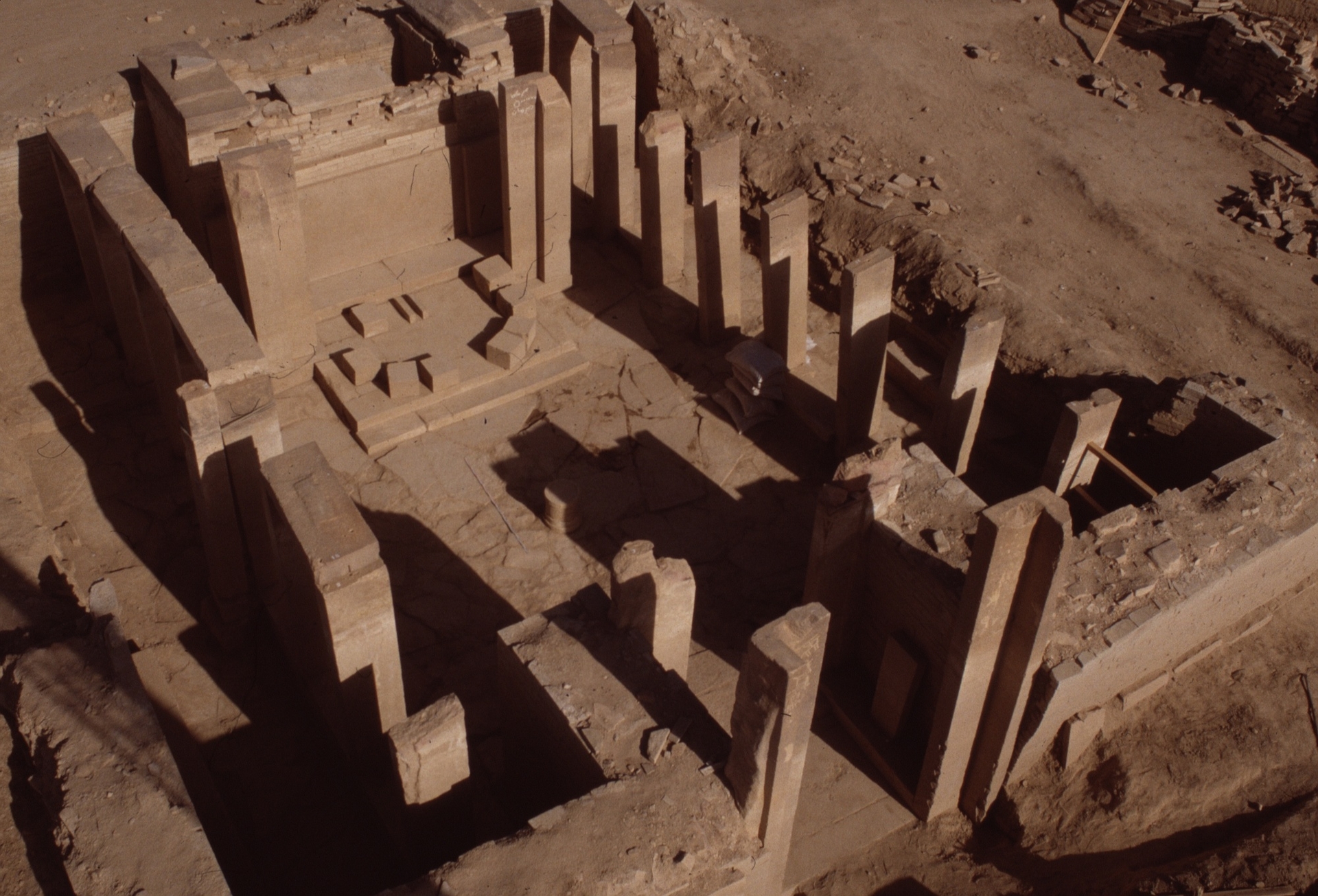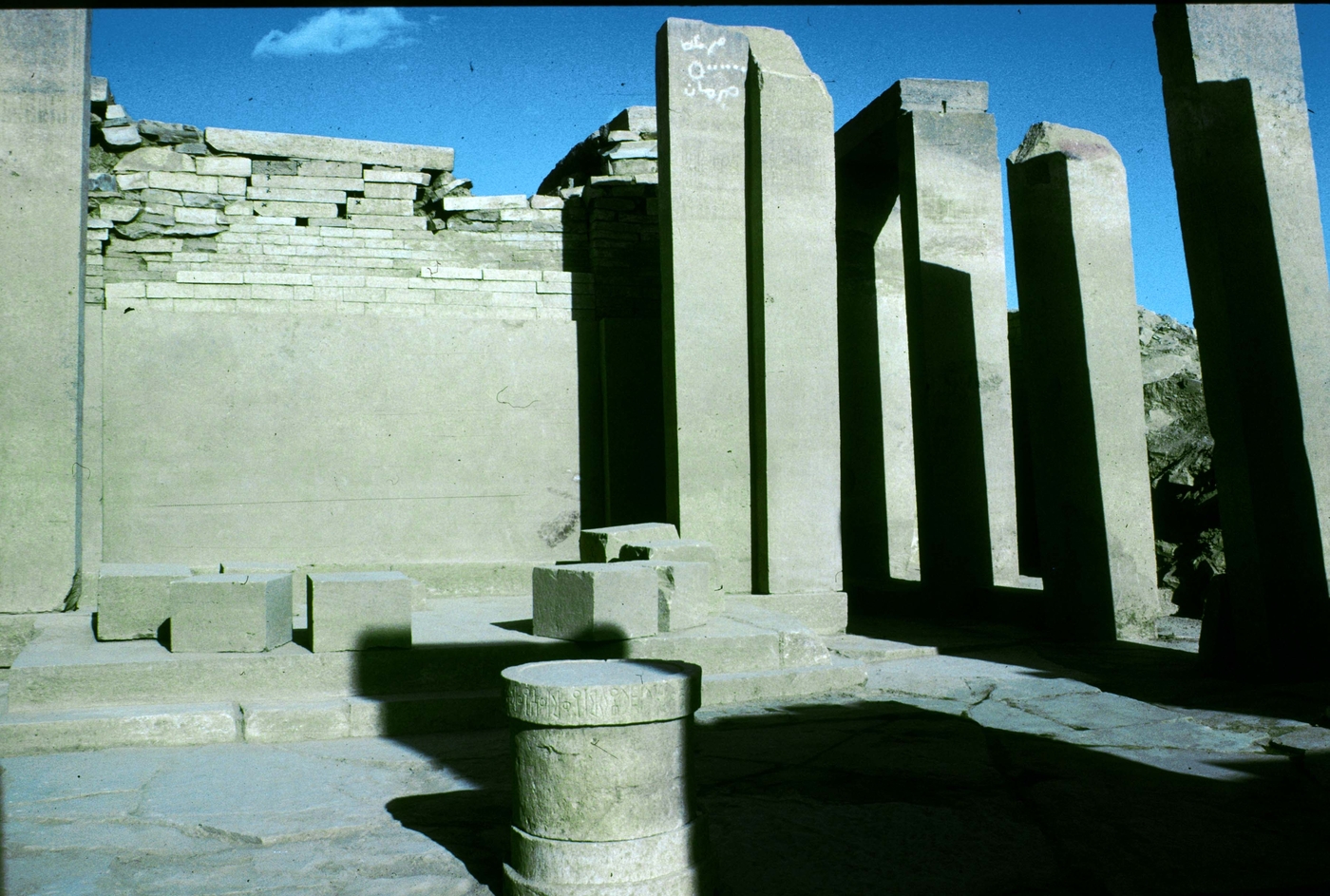Nashshân
To the northeast of Sanaa, the city of Nashshân was once at the head of a prosperous kingdom that lay on the path of the spice route.

The brilliant South Arabian civilisation emerged in Southern Arabia (present-day Yemen and its surrounding regions) from the early first millennium BCE.
City oases in the desert
Skilled farmers, the ancient Yemenites used complex irrigation techniques to found city oases on the edge of the desert, providing the starting point for the trade in spices, myrrh and incense. The sign of an early civilisation, they used an original writing system. Large states, including Saba’, Qatabân, Awsân and Hadhramawt, formed over time, although their chronology remains less than clear.
Temples of the Valley of al-Jawf
In the great valley of al-Jawf, to the northeast of Sanaa, the present-day capital of Yemen, city states began to build walls, palaces and sanctuaries from the 8th century BCE. This series of temples of a new kind featured an extraordinary decorative programme of incised vegetal, faunal and anthropomorphic motifs.
Nashshân (present-day as-Sawdâ’), probably the most powerful in the valley, had several temples inside and outside its walls. Their many dedications, known about for a long time, were nevertheless the subject of intense debate.
Archaeological research
In fact, our knowledge of Yemen was based mainly on inscriptions. From 1810, and more intensively after 1850, travellers and epigraphists collected texts and classified them according to palaeographic principles and their synchronism with certain Assyrian texts. It was not until the 1950s that excavations made it possible to fairly precisely date the origins of this South Arabian civilisation to approximately the 9th century BCE.
The extra-muros sanctuary of Nashshân, dedicated to the deity ‘Athtar, excavated between 1988 and 1989, was probably the first to date to the 8thcentury BCE the four pre-classical inscriptions in the name of Ab’amar Sadiq, king of Nashshân on the entry portico. It marked a major advance in our knowledge of ancient Arabia.




